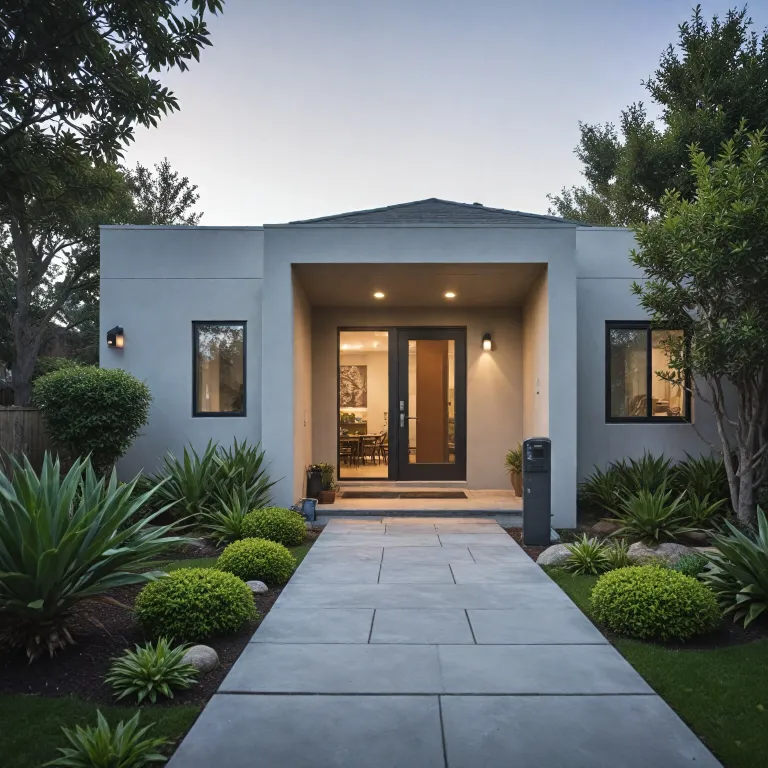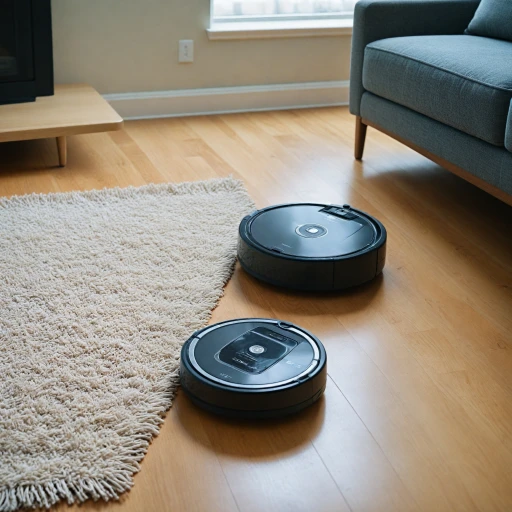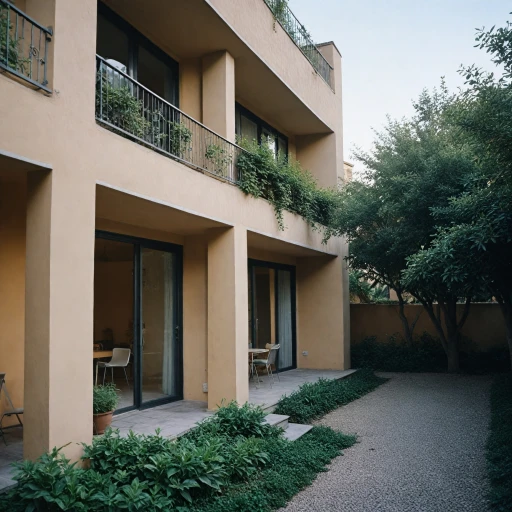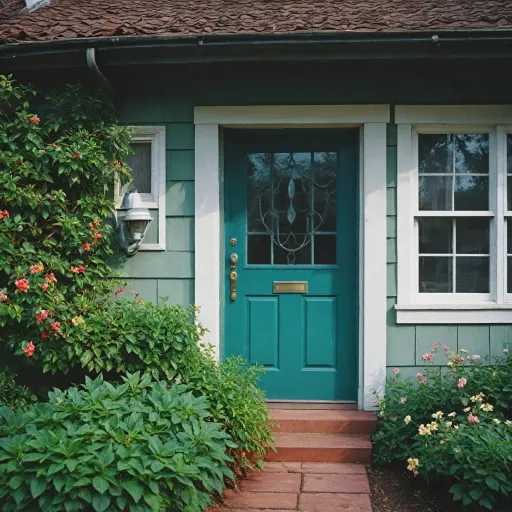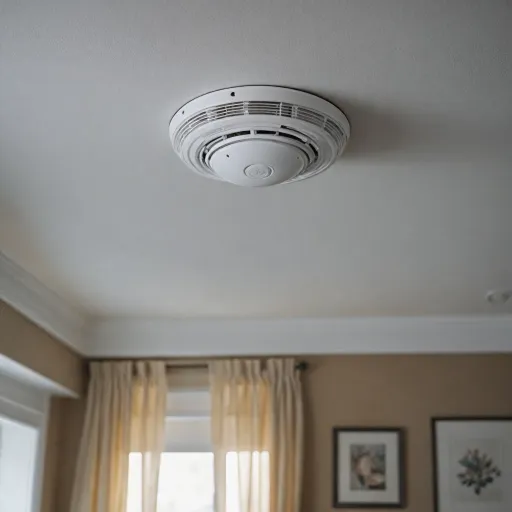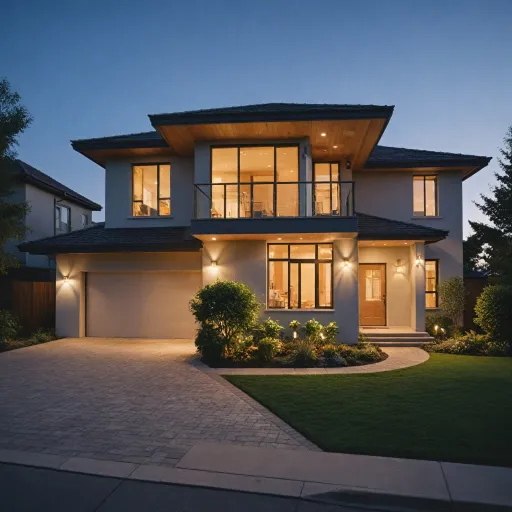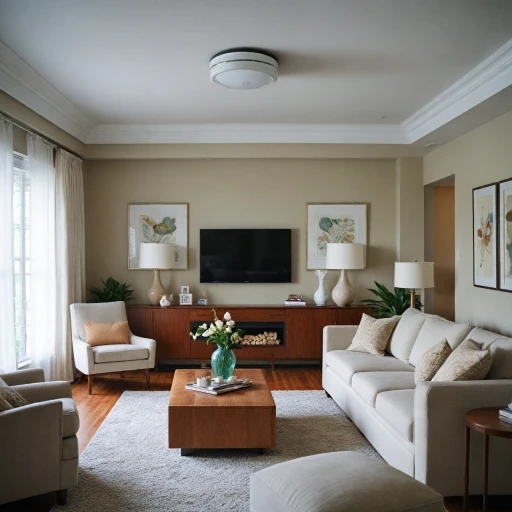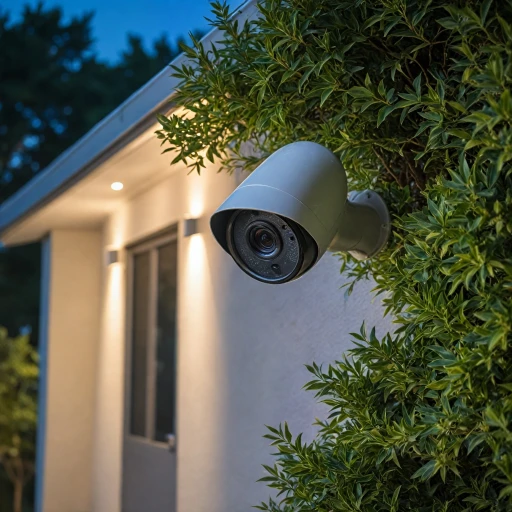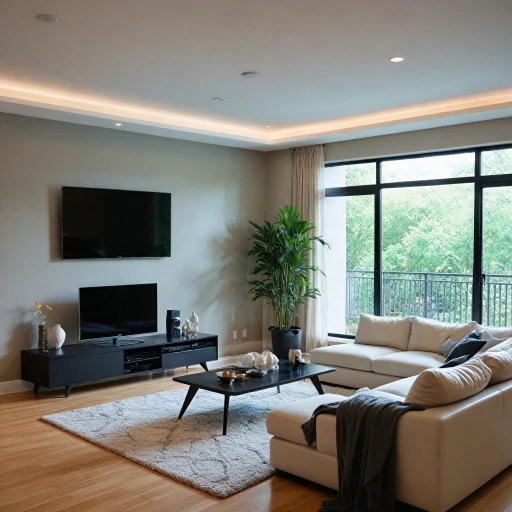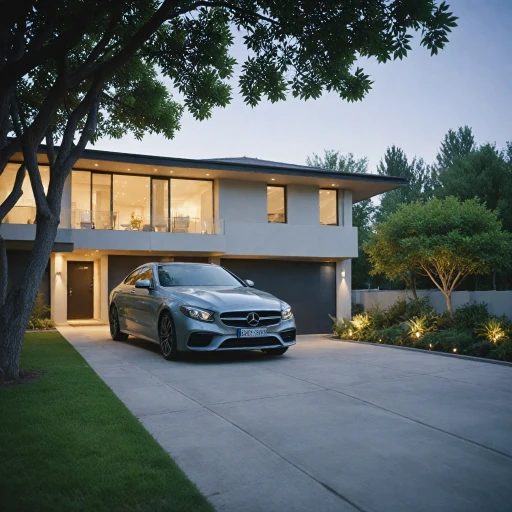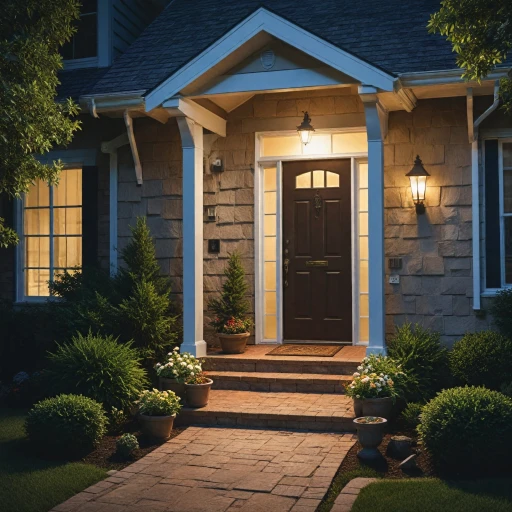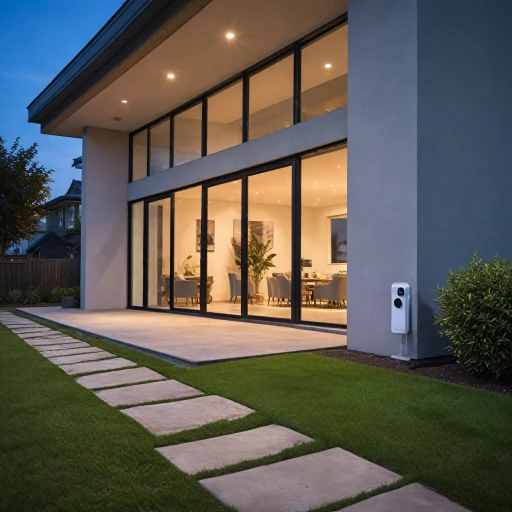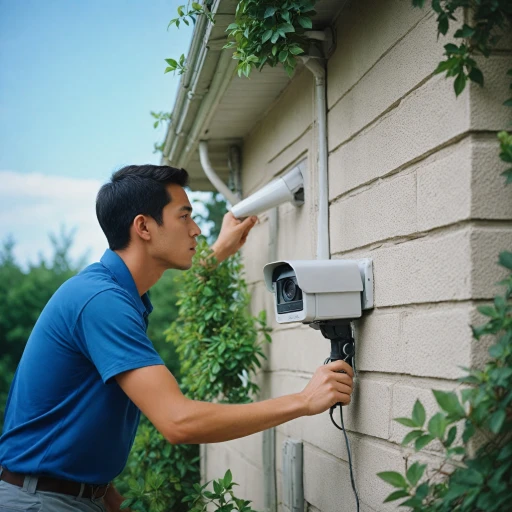
Understanding Dome Cameras
Exploring Dome Cameras and Their Role in Home Security
Dome cameras are a popular choice in the realm of home security, known for their distinct dome-shaped housing. They are designed to be less obtrusive yet highly effective, often blending seamlessly with their surroundings. The cameras come in various forms, including indoor, outdoor, vandal resistant, and network camera models. Their ability to fit discreetly in both residential and commercial settings makes them a versatile option for those looking to enhance their home security system.
These cameras offer several features that are crucial to effective surveillance, including varifocal lenses, which provide adjustable zoom capabilities. This feature makes it easier to capture detailed images across different distances. Additionally, dome cameras often include vandal-resistant housings, making them sturdy against tampering or damage.
Another aspect to consider is their compatibility with existing camera systems and how they compare to other security camera types like bullet cameras. Dome cameras generally offer a sleek, minimalist style, which is favored for aesthetic reasons and for minimizing environmental interference. Furthermore, their resistant indoor or outdoor models allow for broad application in various environments, enduring weather changes and potential vandalism attacks.
For those considering a robust security setup, dome cameras understandably stand out due to their comprehensive coverage, reliability, and adaptability across different settings. The close integration of network camera technologies further enhances their efficiency and ease of use, providing real-time video feeds that can be accessed remotely.
Advantages of Dome Cameras for Home Security
Key Benefits of Dome Cameras for Home Security
Dome cameras have become a popular choice in the realm of home security for several compelling reasons. Here's a closer look at why they are preferred by many homeowners:- 360-Degree Coverage: One of the significant advantages of dome cameras is their ability to provide comprehensive coverage. The design of the dome allows for a wide field of view which can be crucial for monitoring large areas effectively. Many dome models come with a varifocal lens, enabling users to adjust the camera zoom and target specific points with precision.
- Discreet and Stylish Design: Dome cameras sport a sleek, unobtrusive style that seamlessly blends with indoor and outdoor settings. This makes them an excellent choice for those who want their security systems to maintain a low profile.
- Vandal Resistance: The robust construction of vandal resistant dome cameras provides an essential layer of protection against tampering and vandalism, ensuring the security system remains operational under various conditions.
- Durability: Designed for both indoor and outdoor use, these cameras are built to withstand environmental challenges. Their resilient housing protects internal components from dust, rain, and other harsh weather conditions, and ensures long-lasting performance.
- Advanced Features: Dome cameras integrate with sophisticated network systems, offering features such as high-resolution video, power-over-ethernet (PoE) capabilities, and enhanced night vision. Some models are ndaa compliant, which might be a priority for users with specific security requirements.
- Comprehensive Security Solutions: Dome cameras can seamlessly integrate with existing security camera systems. Whether paired with bullet cameras or other surveillance options, they form a complete network for home protection.
Installation Tips for Dome Cameras
Strategically Positioning Your Dome Camera
When installing a dome camera, it's crucial to plan its placement within your home to maximize its effectiveness. Consider mounting the dome security camera in high-traffic areas such as entryways or main hallways to get a comprehensive view of these crucial spots. Unlike bullet cameras, which often protrude and can be more easily noticed, dome cameras blend into their surroundings, making them less obtrusive and less prone to tampering.Selecting the Right Environment for Your Dome Camera
It's important to choose a camera style suited for your specific needs. Outdoor dome cameras are designed to withstand the elements, while indoor dome variants cater specifically to your home’s interior environments. Opt for a vandal-resistant model if your camera will be placed in a public or less supervised area. These vandal dome systems are robust and can handle attempts of tampering.Optimizing Dome Camera Performance
To ensure your dome camera performs at its best, make sure your placement takes advantage of its viewing capabilities. For instance, varifocal lens options allow for camera zoom adjustments, giving you flexibility depending on what's needed for coverage. Powering these network cameras through a reliable source ensures consistent surveillance video feed, which is particularly important in areas that need continuous monitoring.Handling Network and Connectivity
Network camera systems offer great flexibility and remote access options. To set up a seamless connection, you might need to extend your home's Wi-Fi network to avoid connectivity issues. Ensuring compatibility with your existing security systems is essential; consider factors such as network bandwidth and data storage solutions. For high-capacity needs, systems equipped with extensive storage options, such as those that enhance your home security with an advanced outdoor camera featuring 128GB storage, can be pivotal. In summary, thoughtful installation—considering the strategic placement, environmental compatibility, and network integration—can significantly enhance your dome camera's security capabilities.Features to Consider When Choosing a Dome Camera
Key Features for Optimal Dome Camera Performance
When considering a dome camera for your home security needs, there are several key features to keep in mind that can significantly impact performance and durability. These considerations will inform your decision-making process, enhancing the overall effectiveness of your surveillance setup.
- Vandal Resistance: Opt for a vandal-resistant dome camera, particularly for outdoor use, as these models are designed to withstand tampering and harsh conditions, offering longevity and reliable security monitoring.
- Indoor and Outdoor Versatility: Consider both indoor dome and outdoor dome cameras to ensure comprehensive coverage. Dome cameras that seamlessly transition between indoor and outdoor use provide flexibility and save costs.
- Varifocal Lens: A varifocal lens allows you to adjust focus and zoom, enhancing the camera's ability to capture clear and detailed video footage across various distances and angles.
- Network Connectivity: Network cameras offer real-time video streaming over a secure network, making it easier to monitor from remote locations. Look for cameras with reliable network capabilities and compatibility with existing camera systems.
- Power over Ethernet (PoE): Cameras with PoE support make installation more efficient by transmitting both power and data over a single cable, reducing clutter and simplifying setup.
- Weather Resistance: For outdoor security, ensure the camera is weather and water-resistant to maintain functionality in adverse conditions.
- Security Style: Dome cameras come in a variety of styles which can complement or blend with your home’s aesthetic while still performing their primary function as discrete surveillance devices.
By prioritizing these features, you can enhance both the functionality and resilience of your home security system, making your choice of dome camera a valuable addition to your surveillance network. In the pursuit of optimal security, comparing these features across different models and styles will ensure the best fit for your home environment.
Comparing Dome Cameras with Other Security Camera Types
Evaluating Different Home Security Cameras
When selecting the best security option for your home, it’s crucial to compare dome cameras with other types like bullet cameras and network cameras. Each style brings its own set of benefits and potential drawbacks.- Style and Discretion: Dome cameras, with their subtle and sleek design, blend seamlessly into both indoor and outdoor environments. They are less noticeable than bullet cameras, which can be a double-edged sword. While less obvious cameras don’t immediately alert would-be intruders, visible cameras can serve as a deterrence.
- Durability and Protection: A major advantage is their vandal-resistant features. Vandal dome and outdoor dome models are designed to withstand tampering, which adds an extra layer of security not always found in regular bullet cameras.
- Field of View: Dome security cameras usually offer a wider field of view, leveraging a varifocal lens to provide comprehensive coverage. Compare this with the fixed fields of bullet cameras that might limit surveillance scope. A network camera sometimes combines attributes from both, presenting flexible and extensive coverage.
- Flexibility: With the capability for camera zoom, dome cameras often support a range of zoom functions compared to fixed bullet varieties. A zoom lens allows you to focus in on details without losing clarity, crucial for identifying key characteristics or monitoring distant areas.
- Installation and Placement: Both dome and bullet cameras can be part of comprehensive camera systems, but outdoor and indoor dome cameras offer versatile mounting options. This presents ease in covering expansive areas effectively.
- Network Integration: Dome cameras are commonly included in advanced network camera systems, offering seamless integration into your home’s security network. This integration supports enhanced monitoring and video storage capabilities.
- Compliance and Regulations: Ensure the cameras you choose are NDAA compliant to meet security standards and regulations, especially for those used for substantial surveillance systems.

